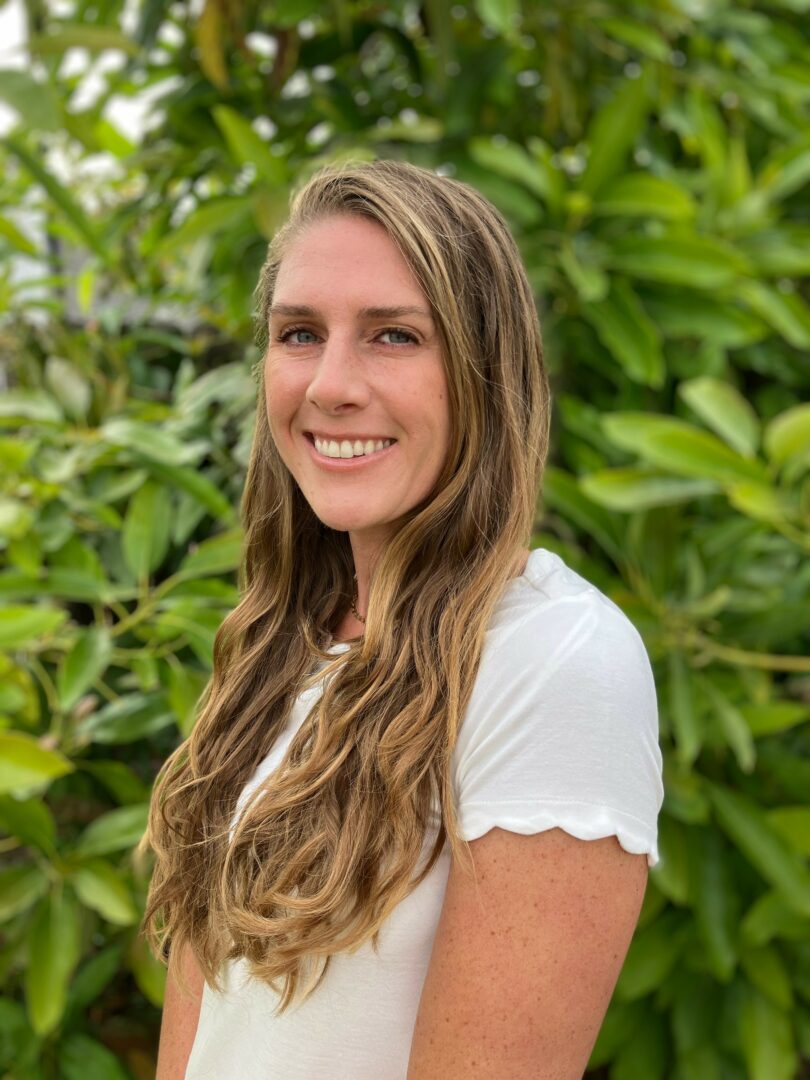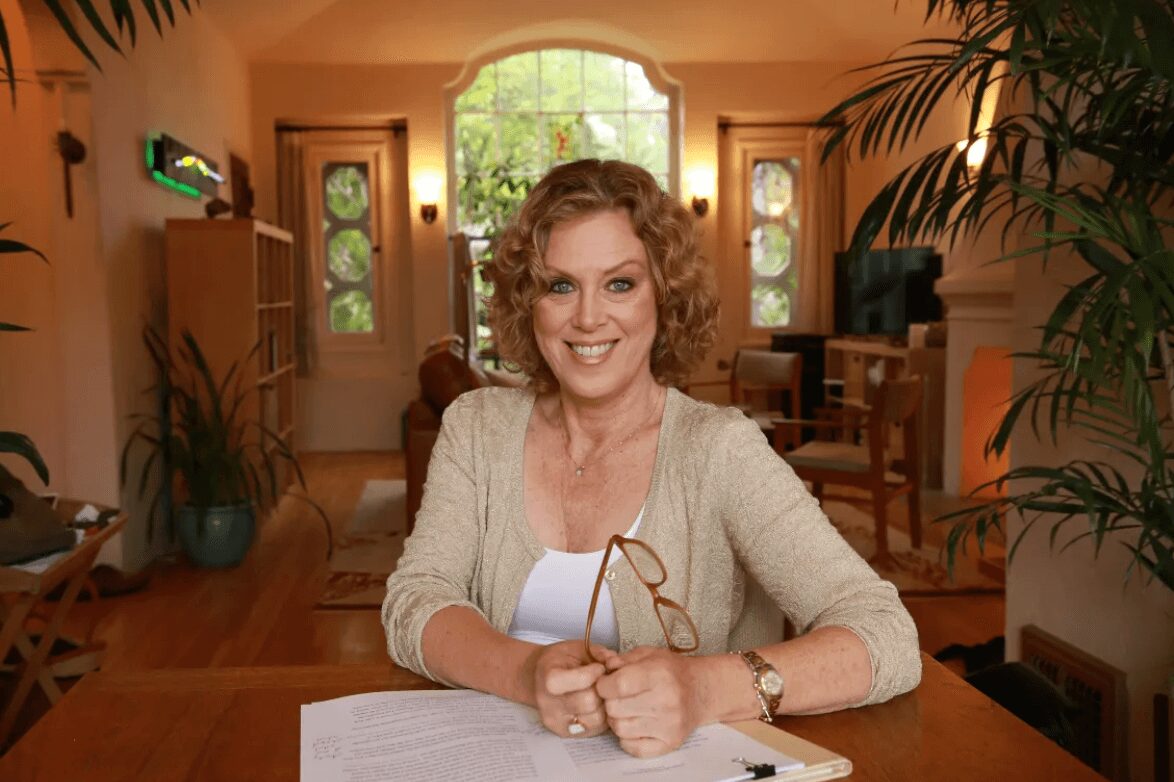We caught up with the brilliant and insightful Tatiana Mustafa a few weeks ago and have shared our conversation below.
Hi Tatiana, really happy you were able to join us today and we’re looking forward to sharing your story and insights with our readers. Let’s start with the heart of it all – purpose. How did you find your purpose?
I found my purpose as a myofunctional therapist through my own journey. About 10 years ago, after experiencing orthodontic relapse, I discovered myofunctional therapy. I was fascinated by the connection between the mouth and the airway, and what I learned in therapy not only helped me but also transformed my children’s health. I practiced with all four of them, and today they each have wide palates, straight teeth, and no airway issues—proof that these exercises truly make a difference.
Seeing that impact firsthand lit a fire in me to spread awareness, especially as we face a growing sleep apnea epidemic. I decided to dedicate myself to helping others by sharing the importance of myofunctional therapy. Today, I frequently host workshops and lectures in the community, teaching families and professionals how these simple yet powerful techniques can change lives.
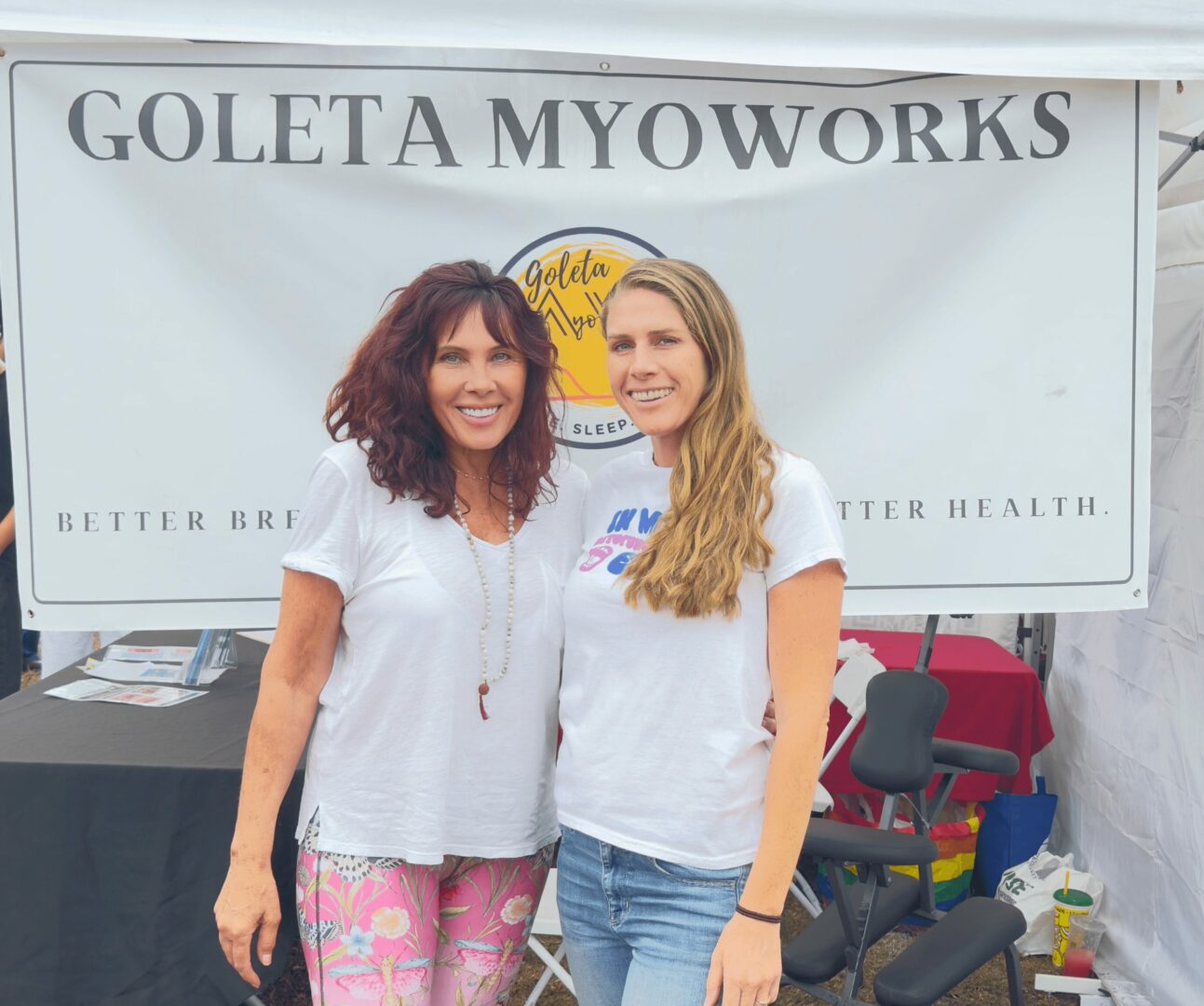
Appreciate the insights and wisdom. Before we dig deeper and ask you about the skills that matter and more, maybe you can tell our readers about yourself?
I’m the owner of Goleta MyoWorks, where I specialize in myofunctional therapy—a field that focuses on how the tongue, lips, and airway work together to support healthy breathing, sleep, and overall wellness. What excites me most about this work is that it’s truly life-changing. I’ve seen patients who struggle with snoring, sleep apnea, speech difficulties, or orthodontic relapse make incredible progress once they learn to retrain their muscles and restore proper function.
What makes my practice unique is that I don’t just come from a professional background—I come from personal experience. I went through myofunctional therapy myself, along with airway expansion and tongue-tie release, so I know firsthand what it feels like to be the patient. I’ve also practiced with my own four children, and now they each have wide palates, straight teeth, and no airway issues—living proof that this therapy works. That perspective gives me a deep empathy and connection to the families I work with.
I also love being out in the community. I regularly host workshops and lectures in Goleta and Santa Barbara to spread awareness about the importance of airway health and to educate parents, providers, and the public. I see my practice not just as a business, but as a mission to help address the sleep apnea epidemic and give families tools to prevent and heal airway-related issues.
Right now, I’m focused on continuing to grow Goleta MyoWorks and building community partnerships so more families can learn about this therapy early, before problems escalate. We’ve had a wonderful start, welcoming dozens of families into the practice, and I’m excited to keep expanding the conversation about how something as simple as tongue posture and breathing can impact lifelong health.
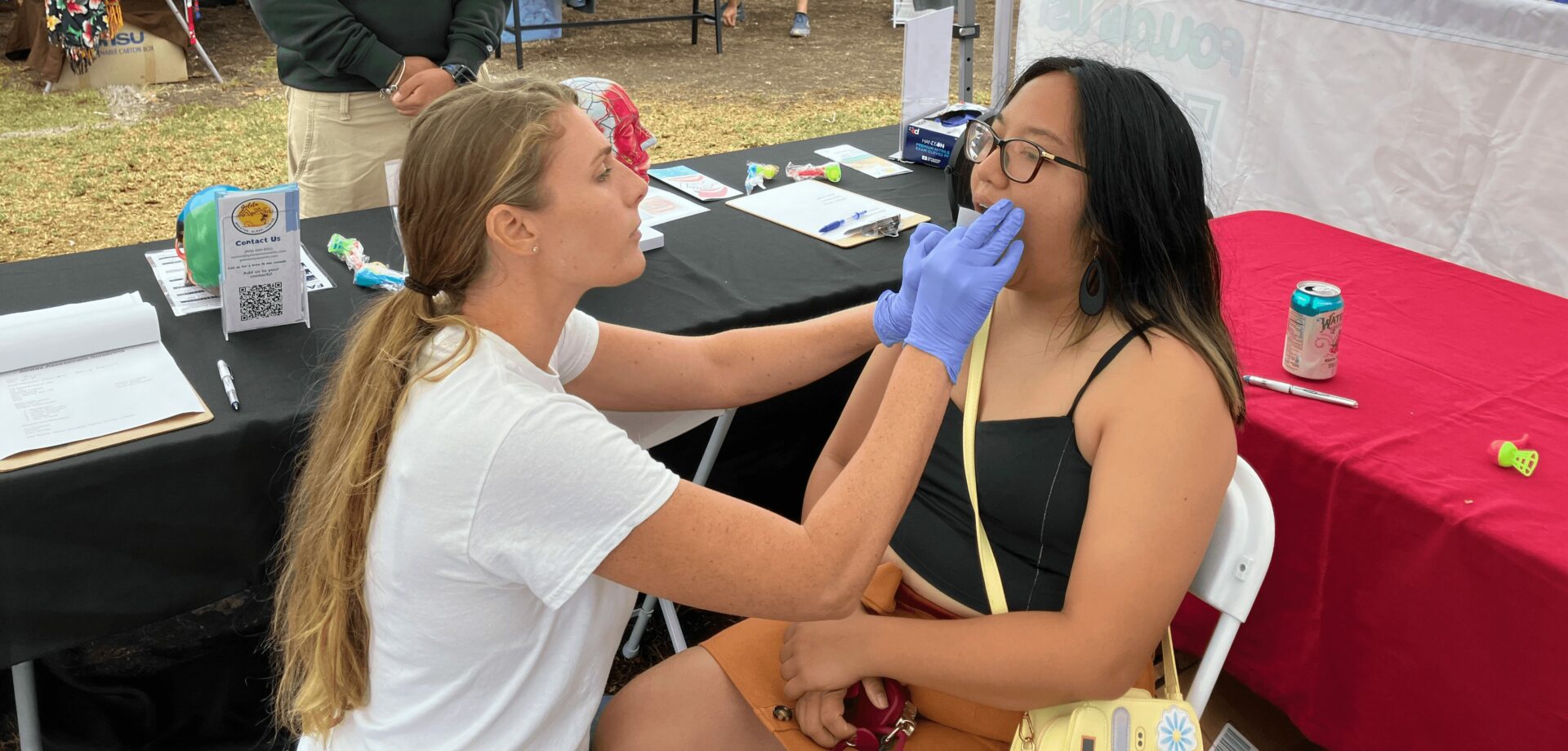
If you had to pick three qualities that are most important to develop, which three would you say matter most?
Looking back, I’d say the three qualities that were most impactful in my journey are curiosity, persistence, and empathy.
Curiosity: I was fascinated by the link between the mouth and the airway, and that curiosity pushed me to keep learning, asking questions, and connecting the dots between dentistry, sleep medicine, and myofunctional therapy. For anyone just starting out, I’d encourage you to follow that spark—if something excites you, dig deeper, even if it’s not the “traditional” path.
Persistence: My own orthodontic relapse and later the therapy process weren’t always easy, but sticking with it led to lasting results. The same applies professionally—building a new practice, educating the community, and spreading awareness takes time and consistency. My advice here is simple: don’t get discouraged by slow progress. Small, steady steps add up to big changes.
Empathy: Having gone through therapy myself and practicing with my children gave me a perspective that textbooks can’t teach. Empathy helps me connect with patients and families in a way that makes them feel seen and supported. For those early in their journey, I’d suggest looking for ways to really experience or connect personally with what you’re practicing—whether that’s trying it yourself, shadowing someone, or listening deeply to patient stories.
Together, these qualities shaped not only how I built my career but also how I continue to serve my patients and community.
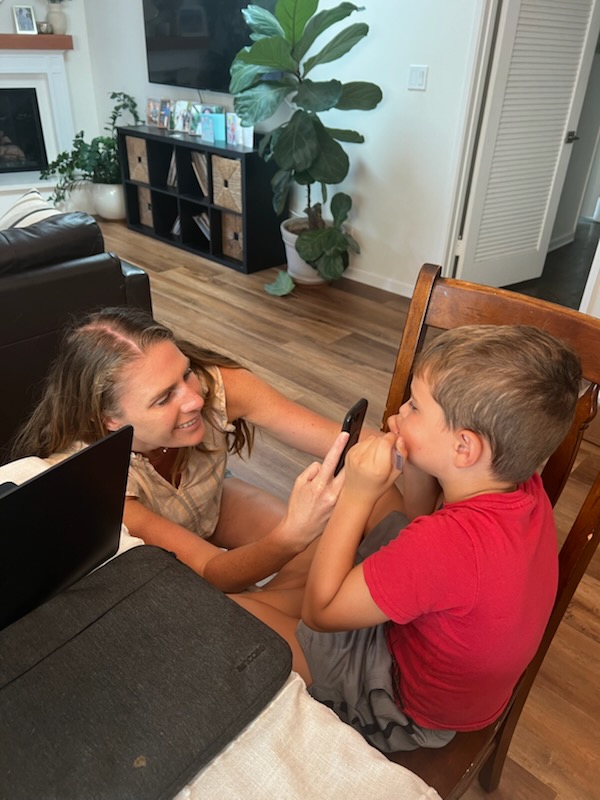
Tell us what your ideal client would be like?
My ideal client is someone who is curious, motivated, and open to learning. Myofunctional therapy is very effective, but it requires commitment—just like any other type of therapy or training. The best outcomes happen when clients (and parents, in the case of children) are willing to practice consistently at home and make the exercises part of their daily routine.
I also find that the families who do best are those who value a preventive, whole-body approach to health. They see the connection between breathing, sleep, oral function, and overall wellness, and they’re eager to address the root cause rather than just treating symptoms.
Because I work with both kids and adults, “ideal clients” can look different—parents who want to set their children up for lifelong health, adults who are tired of struggling with airway or sleep issues, or professionals who are curious about how therapy can complement other treatments. What they all share is a willingness to engage, be consistent, and trust the process.
Contact Info:
- Website: https://goletamyoworks.com
- Instagram: @goletamyoworks
- Linkedin: https://linkedin.com/in/tatiana-mustafa
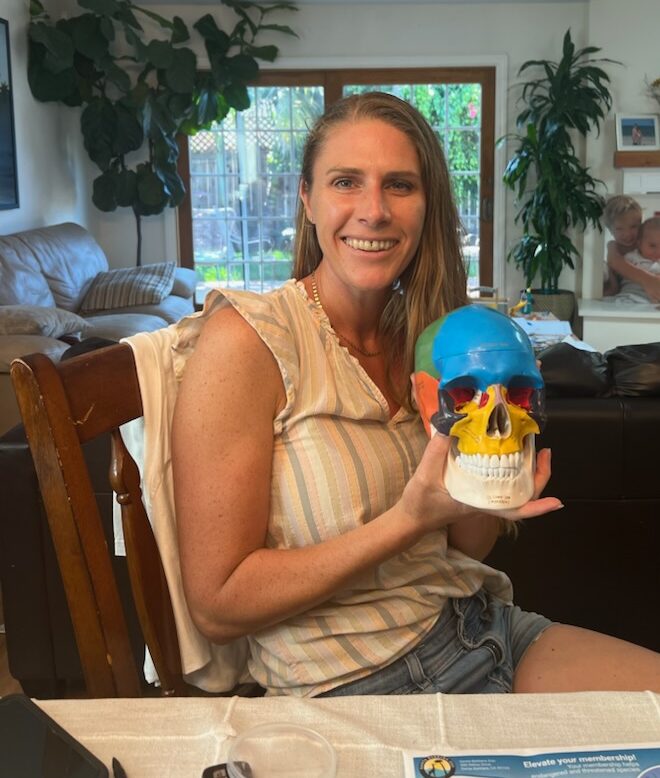
so if you or someone you know deserves recognition please let us know here.

